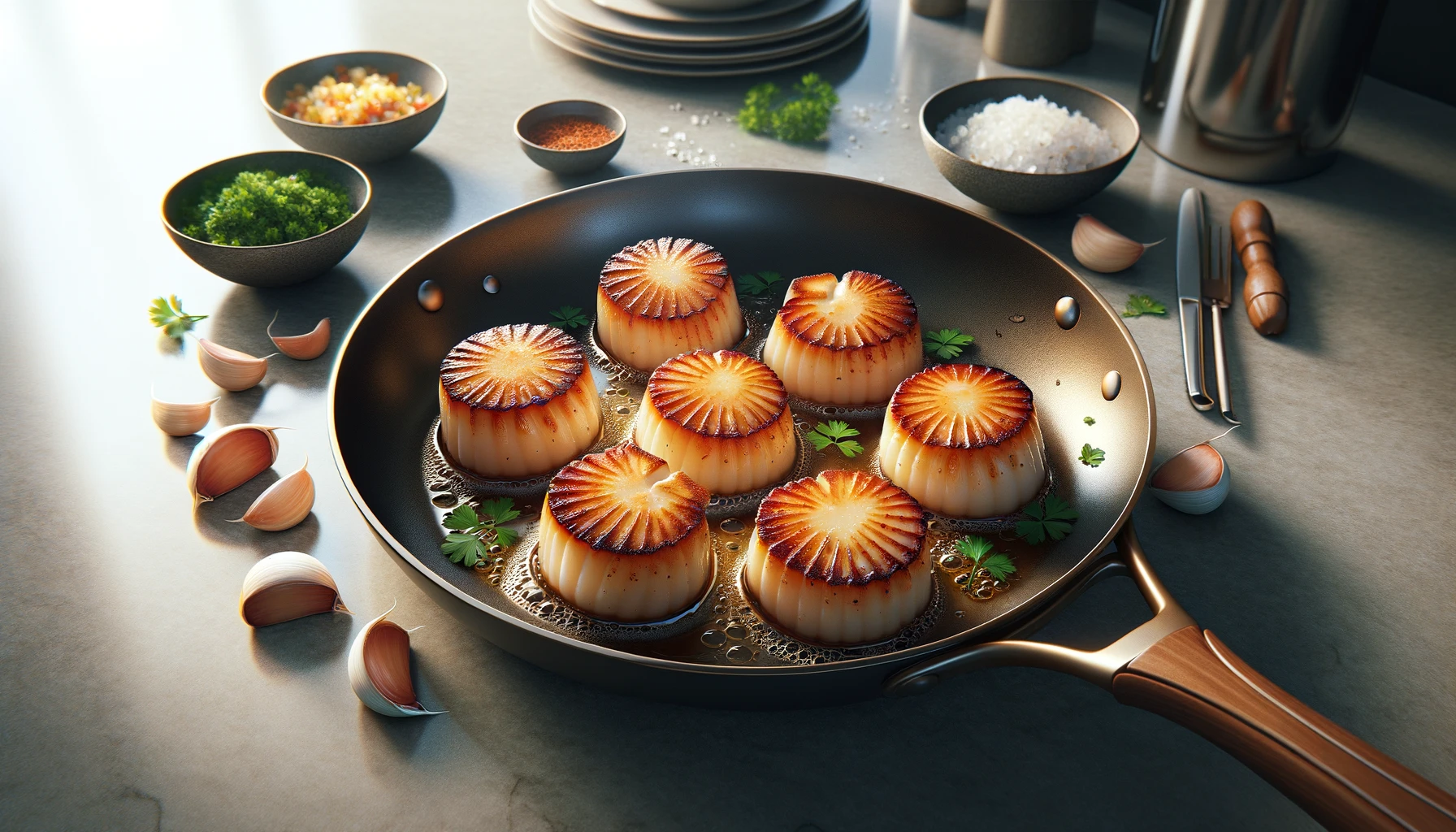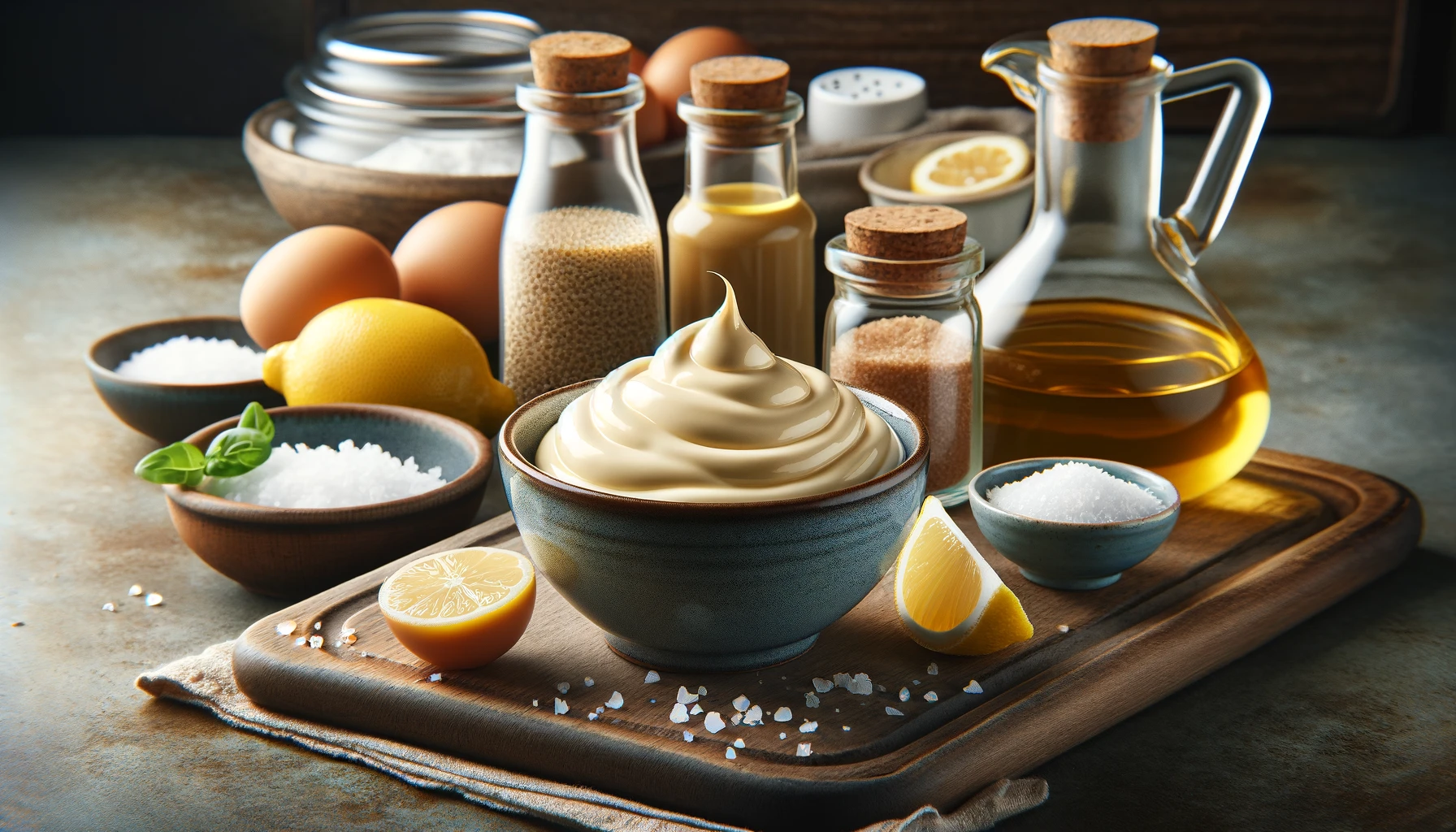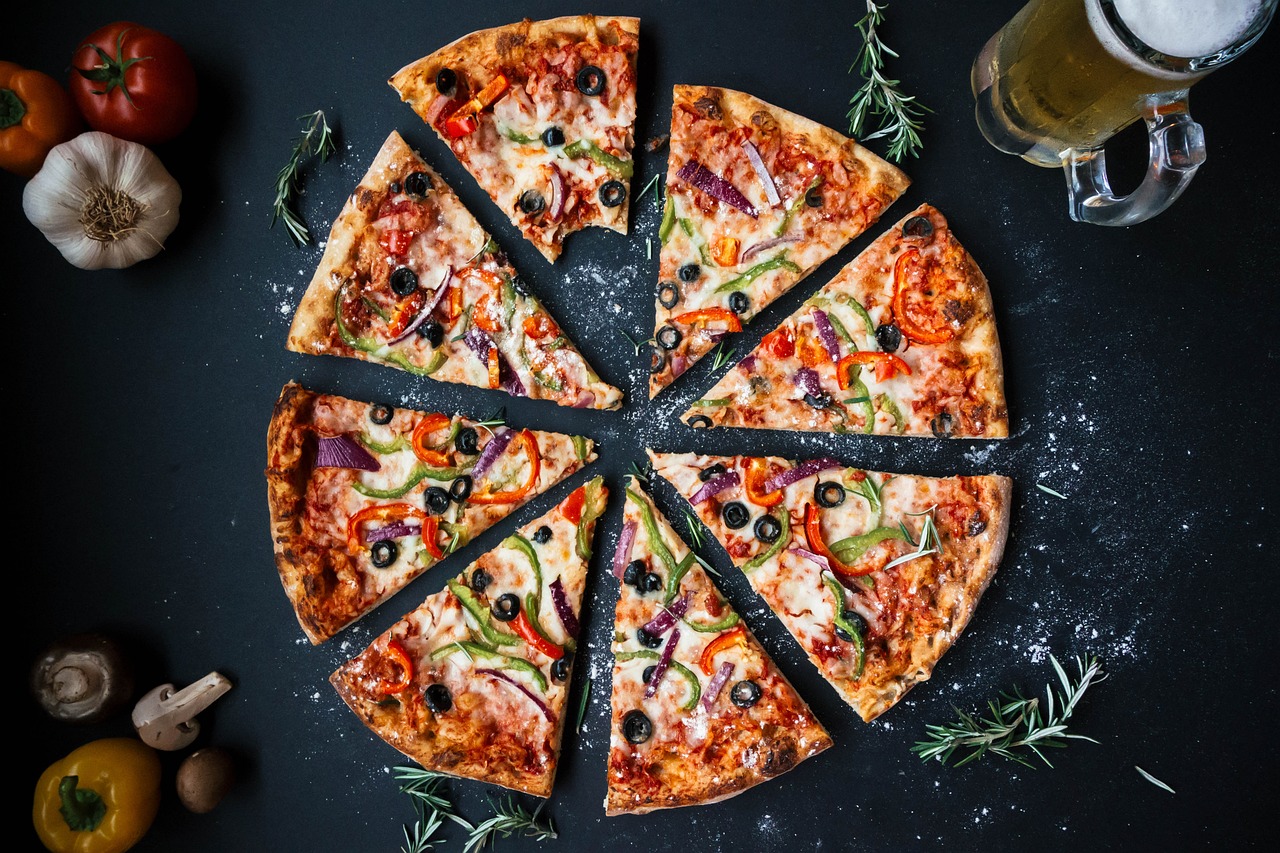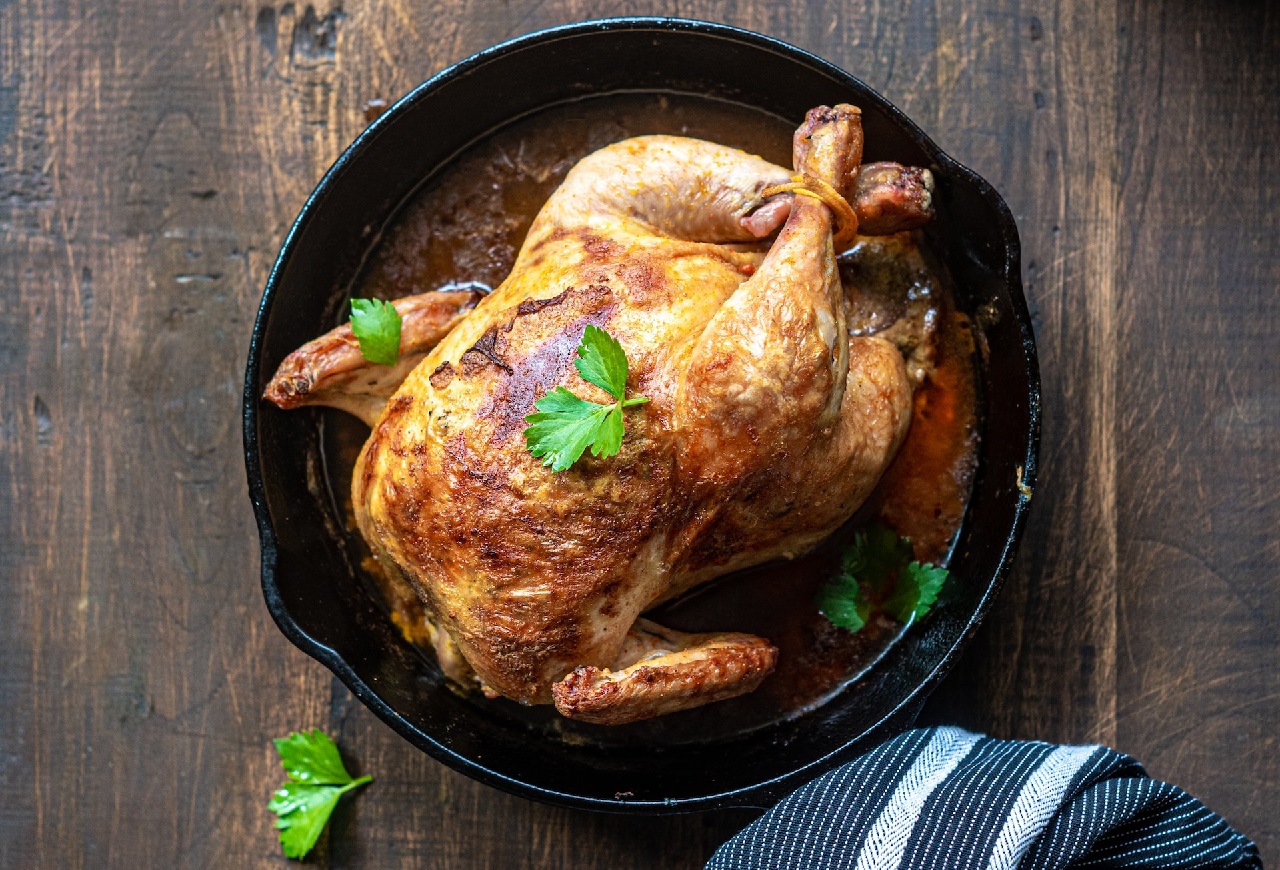Scallops – the ocean’s marshmallows, and you, the brave soul venturing to cook these delicate sea candies. Before you embark on this noble quest, let’s get our arsenal ready. No, not swords and shields, but pans and spatulas.
Ingredients:
- Scallops: Preferably fresh, unless you’re into the whole ‘vintage seafood’ vibe. Let’s say about 1 pound (~0.5 kg), because, why not?
- Butter: 2 tablespoons. Because butter makes everything better, and if anyone tells you otherwise, they’re not your real friend.
- Garlic: 2 cloves, finely chopped. This is not a vampire repellent session, but feel free to add more if you’re into that sort of thing.
- Lemon: Just half. You’re not making lemonade here, but a spritz of citrus is the secret handshake in the world of seafood.
- Salt and Pepper: To taste, or just throw in a pinch. Remember, it’s sea candy, not a salt mine.
- Parsley: A small bunch, chopped. This is more for the ‘Gram than the palate, but hey, we eat with our eyes first.
- Olive Oil: 1 tablespoon, because we’re fancy like that.
The Cooking Saga Begins:
First things first, let’s talk about your scallops. These are not just any sea creatures. They are the divas of the ocean. Treat them with respect. If they are wet scallops (the kind that’s been treated with a solution to preserve them), give them a nice bath under cold water and pat them dry. They hate being wet before a pan-sear; it’s a scallop thing.
Now, heat your pan on medium-high heat. This is not the time to be indecisive. Your pan needs to be hot, but not ‘call the fire department’ hot. Test its readiness by throwing in a droplet of water; if it sizzles and evaporates like your dreams of becoming a rockstar, it’s ready. Pour in that 1 tablespoon of olive oil into your hot pan.
Next, season your scallops with salt and pepper. This is your moment of culinary flair. Feel free to whisper sweet nothings to them as you do. Place them gently in the pan. If you overcrowd the pan, they’ll steam instead of sear. It’s social distancing, scallop style.
Now, let’s talk about the art of the sear. You’re aiming for a golden crust, like a sun-tanned vacationer, but on your scallop. It should take about 2-3 minutes each side. Do not – I repeat – do not poke, prod, or otherwise harass your scallops while they’re searing. They need their space, just like we all do after a long day.
Once the first side is gorgeously golden, flip them over. Remember, you’re flipping scallops, not flipping houses. Gentle does it.
After you’ve flipped the scallops to their unseared side, it’s showtime for the butter, garlic, and lemon. Add the butter and chopped garlic to the pan, allowing the butter to melt and the garlic to infuse its flavor. This is when you bring in the lemon.
Squeeze the juice of the half lemon directly into the pan. The lemon juice will mingle with the melting butter and garlic, creating a fragrant, tangy sauce. It’s a culinary concert of sorts, with each ingredient playing its part in harmony. The acidity of the lemon not only adds a bright flavor but also helps in balancing the richness of the butter.
As the second side of the scallops finishes cooking, baste them with this lemony, garlicky, buttery goodness. This basting technique not only flavors the scallops but also helps in achieving a perfect, juicy sear.
As the second side of the scallops finishes searing, and they’ve achieved that perfect golden brown hue on both sides, it’s time to plate. Do it with the flair of a Michelin-star chef, even if your only audience is your cat. Drizzle the remaining pan sauce over the scallops for that extra chef’s kiss.
Garnish with chopped parsley, because remember, we eat with our eyes first and you want those Instagram likes. A squeeze of lemon over the top (if desired, for an extra spritz), and voila, you have transformed into the Gordon Ramsay of scallop cooking. Stand back, admire your work, and prepare for the applause (even if it’s just in your head).
There you have it, a simple, yet elegant dish that will impress your friends, family, or just treat yourself. Remember, cooking scallops isn’t just about feeding the stomach; it’s about feeding the soul. And maybe a bit about showing off your newfound culinary skills on social media.
Bon appétit, or as the scallops would say if they could talk, “Enjoy eating us, you sophisticated sea-foodie, you!”
Recipes for a Twist
1. “Spicy Scallops for the Brave”
For those who like to live dangerously:
- Ingredients: Same as above, but add 1 teaspoon of crushed red pepper flakes and substitute olive oil with sesame oil for an adventurous twist.
- The Twist: After you’ve seared your scallops to perfection, toss in the red pepper flakes with the butter and garlic. This will not only add a fiery kick to your dish but also test the courage of your taste buds. Be prepared for a spicy ride that might just require a glass of milk on standby. Your scallops just went from elegant to electrifying!
2. “Sweet and Sour Scallops for the Indecisive”
Can’t decide between sweet or sour? Why not both?
- Ingredients: Add 2 tablespoons of honey and 2 tablespoons of soy sauce to the original list.
- The Twist: Once your scallops are seared, lower the heat and add the honey and soy sauce to the pan. Let them mingle and reduce slightly to form a glaze that’s both sweet and sour – much like your last relationship. Drizzle this over your scallops for a taste that’s as complex and delightful as your life choices.
3. “Herb-Infused Scallops for the Nature Lover”
For those who like a walk in the garden with their seafood:
- Ingredients: Add a mix of fresh herbs (like thyme, rosemary, and basil) to the original ingredients.
- The Twist: When you flip your scallops for the first time, add a handful of your chosen herbs to the pan. The heat will release their aromatic oils, infusing the scallops with the essence of a summer garden. It’s like a spa day for your scallops, and a flavor fest for you!
Pro Tips for Scallop Perfection:
- Pat Them Dry: Before searing, ensure your scallops are as dry as a comedian’s wit. Pat them dry thoroughly. This helps in getting that perfect golden crust.
- Room Temperature Rule: Let the scallops sit at room temperature for about 10-15 minutes before cooking. Cold scallops in a hot pan are like polar bears in the Sahara – they just don’t belong.
- Don’t Move Them: Once your scallops hit the pan, resist the urge to shuffle them around. Let them sear undisturbed. Think of it like a sunbath – they need their time to get that golden tan.
- Use a Good Pan: A heavy-bottomed pan (like cast iron or stainless steel) is your best friend here. It distributes heat evenly, ensuring each scallop gets the attention it deserves.
- Avoid Overcooking: Overcooked scallops are as disappointing as a cancelled vacation. Cook them just until they’re opaque and slightly firm to the touch. Typically, this takes about 2-3 minutes per side.
- Searing in Batches: If you’re cooking a large batch, do it in stages. Overcrowding the pan will drop the temperature, leading to steamed, not seared, scallops.
- Fresh vs Frozen: While fresh is always best, frozen scallops can work in a pinch. Just make sure to thaw them completely and dry thoroughly before cooking.
- Seasoning Timing: Season the scallops just before putting them in the pan. Doing it too early can draw out moisture and hinder the searing process.
- Resting Time: Give the scallops a brief rest after cooking, just like you would with a steak. This helps redistribute the juices and makes them even more succulent.
- Wine Pairing: If you’re into wine, pair these beauties with a crisp, acidic white wine like Sauvignon Blanc or Pinot Grigio. It’s like a symphony in your mouth.
- Experiment with Flavors: Don’t be afraid to experiment with different herbs and spices. Scallops are like blank canvases, ready to take on the flavors you introduce.
- Respect the Scallop: Remember, cooking scallops is not just about following a recipe. It’s about respecting the ingredient. Treat each scallop like a little gem, and it will reward you with incredible taste.
FAQ: All About Cooking Scallops
Fresh scallops should have a mild, sweet ocean scent. They should be firm to the touch and a little bit moist, but not slimy. If they smell overly fishy or have a dull, faded color, they’re probably past their prime.
Absolutely! Just make sure to thaw them completely in the fridge before cooking. Once thawed, pat them dry thoroughly to remove excess moisture for the best searing results.
It usually takes about 2-3 minutes per side to cook scallops perfectly. They should have a golden crust on the outside and be opaque and slightly firm to the touch.
Wet scallops have been treated with a solution to preserve them, which can affect their taste and texture. Dry scallops are natural and haven’t been treated, making them better for searing as they caramelize beautifully.
Scallops are best enjoyed freshly cooked. However, if you must, you can sear them and reheat gently, but be cautious as they can become rubbery if overcooked.
Scallops pair well with light sides like sautéed vegetables, quinoa, or a fresh salad. For a heartier meal, serve them with pasta, risotto, or a creamy polenta.
Yes, if you see a small rectangular tag on the side of the scallop, gently peel it off. It’s tough and chewy and not pleasant to eat.
Ensure your pan is hot before adding the scallops and use a high-smoke-point oil like olive oil. A well-seasoned cast-iron or a good non-stick pan can also help prevent sticking.
Yes, scallops are a great source of lean protein and contain various nutrients while being low in fat and calories.
Scallops are done when they have a golden crust on each side and feel slightly firm to the touch. They should still have a little give in the center – think of the firmness of a well-set custard.



